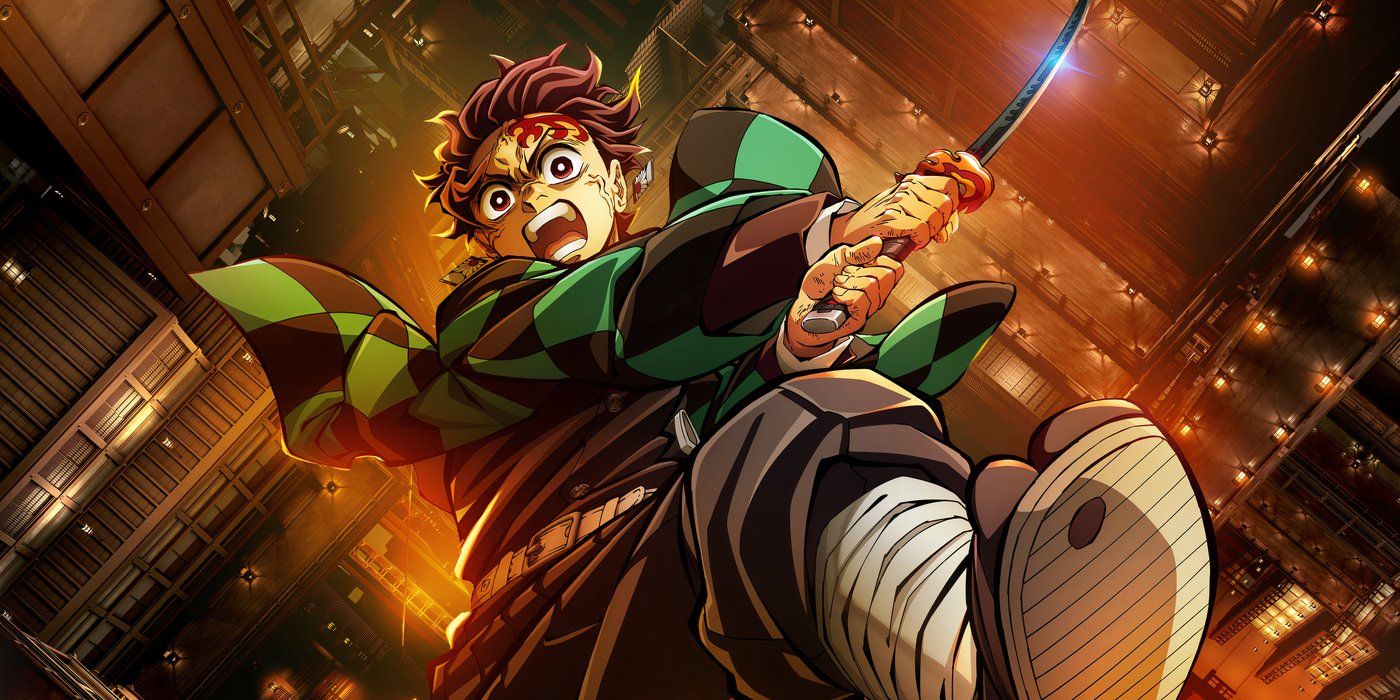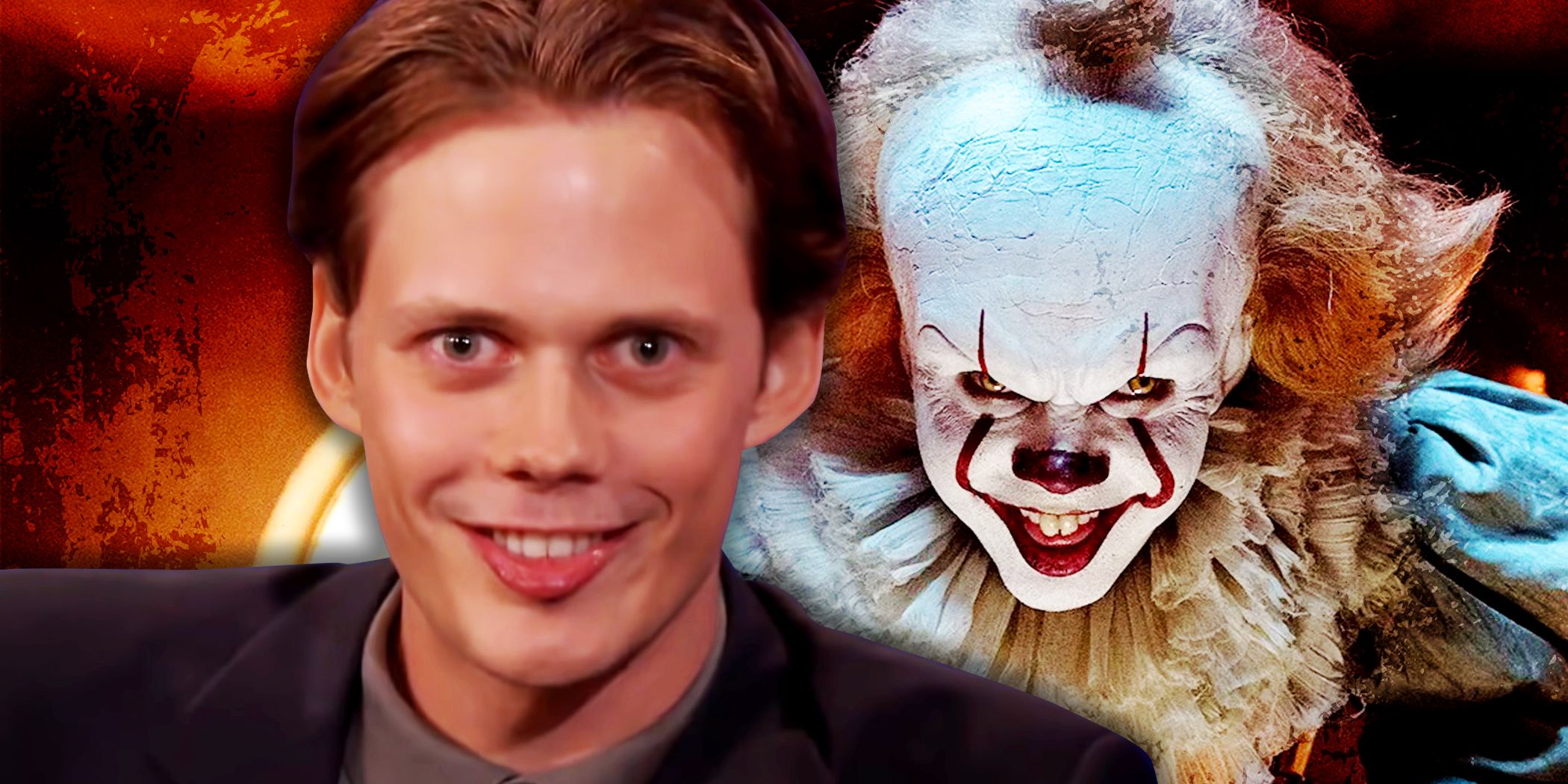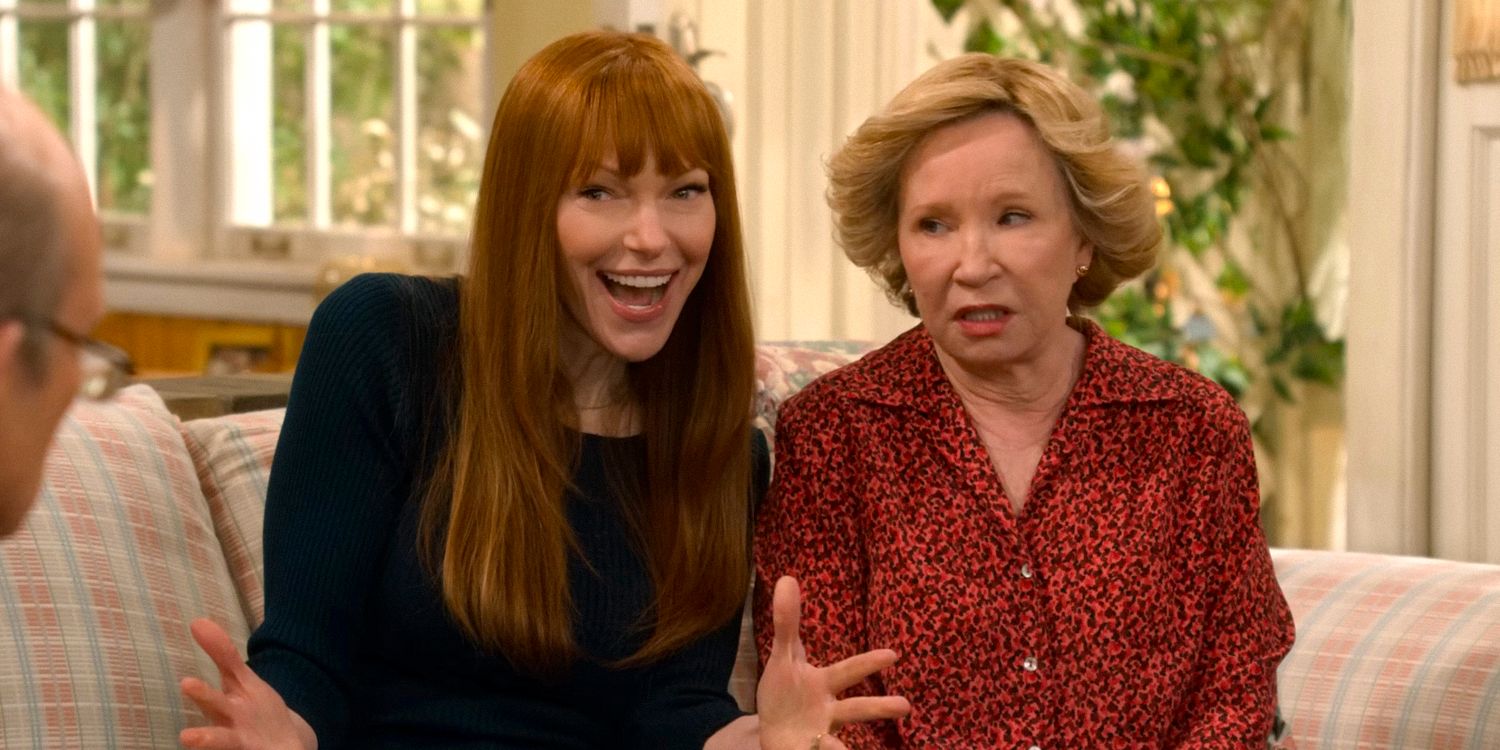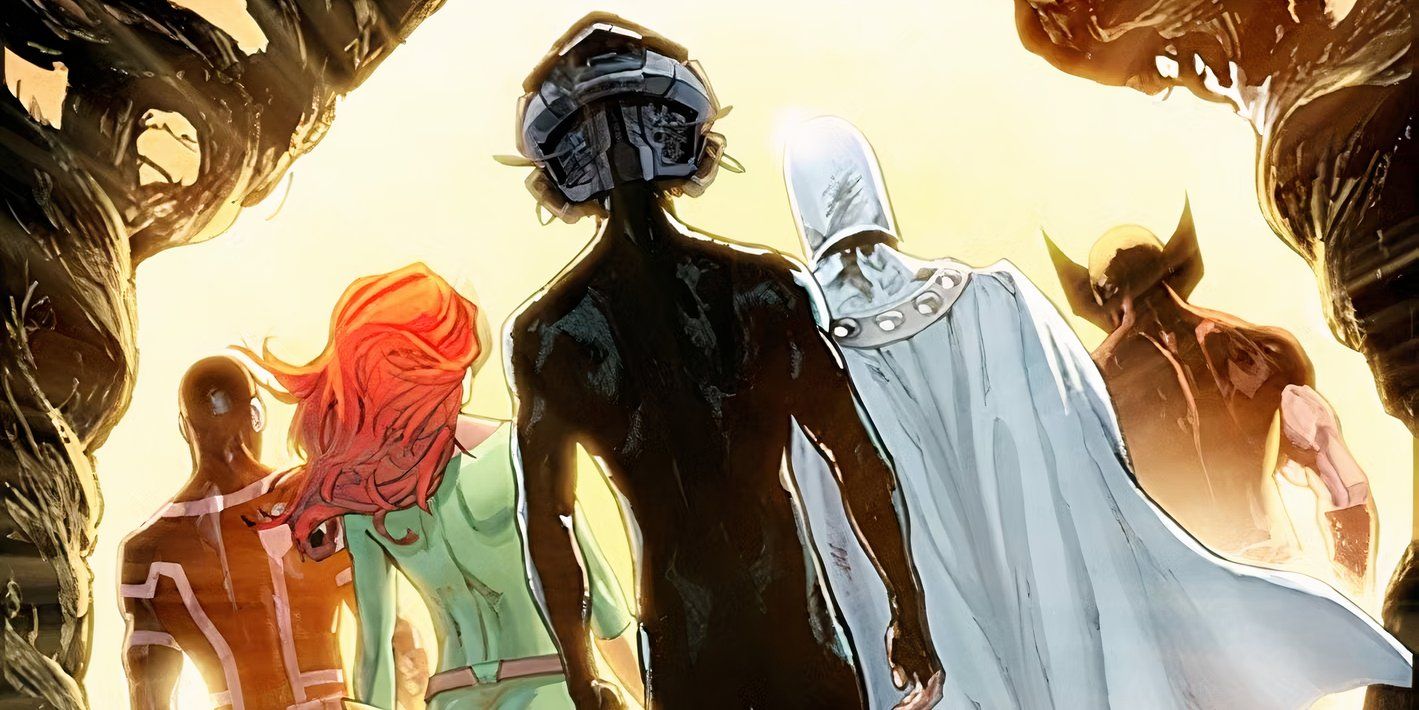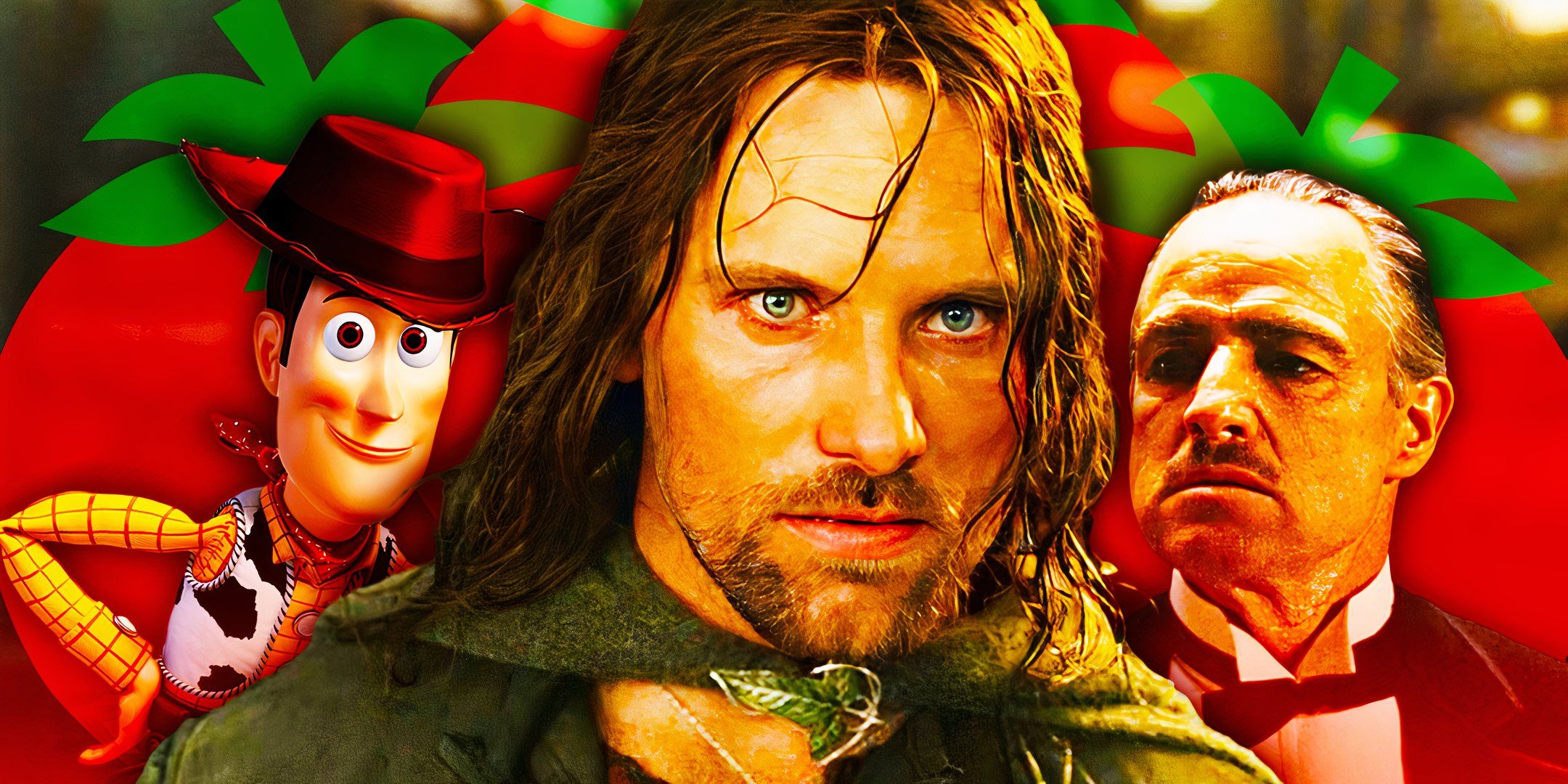A kill from Halloween: The Curse of Michael Myers has been criticized for its medical inaccuracies. The 1995 slasher sequel was the sixth Halloween movie, following the continued exploits of masked serial killer Michael Myers. In Halloween 6, the iconic killer returned to his former Haddonfield home, where relatives of original final girl Laurie Strode (Jamie Lee Curtis) had taken up residence. While Michael killed several of them, the most spectacular death was given to her uncle John (Bradford English), who was stabbed and pressed into a circuit breaker box, which electrocuted him until his head exploded.
The YouTube account Doctor ER recently shared a video featuring real-life ER doctor Jordan Wagner assessing the medical accuracy of horror movie kills, including this explosive kill from Halloween 6, which is sometimes considered the weakest Halloween movie.
Wagner pointed out several inaccuracies, including John foaming at the mouth, which is seen “a lot with rabies.” After being flabbergasted by the head explosion, Wagner said “if there’s enough energy, could something explode? Maybe, but I’ve never seen it.” Read a full transcript of Wagner’s quote below:
Oh geez. Oh, the noise. Typically, Michael Myers always uses a big, huge kitchen knife, so I’m assuming big, huge kitchen knife to the abdomen. What major structures do you have to worry about? Most of it is intestines, it’s your omentum, which covers the intestines, and behind that is major blood vessels in the spine. Electrocution injuries… It depends basically on the amount of energy. Obviously, this looks like a lot. You are having flex contractions. Typically that is AC current that’s causing that. Foaming of the mouth, I think is more for dramatic effects. Typically you see foaming of the mouth if somebody is really dry, you’re water hungry, you see that a lot with rabies.Come on! Come on… No. What actually happens? Why do you die from electrocution? Typically, it’s from cardiac arrest. You’re burning your nerves, you’re burning the tissue, you’re causing rhabdomyolysis. If there’s enough energy, could something explode? Maybe, but I’ve never seen it. Nor would you come to the emergency department, because you’re dead.
The Original Halloween Movies Lost Their Realism As They Went Along
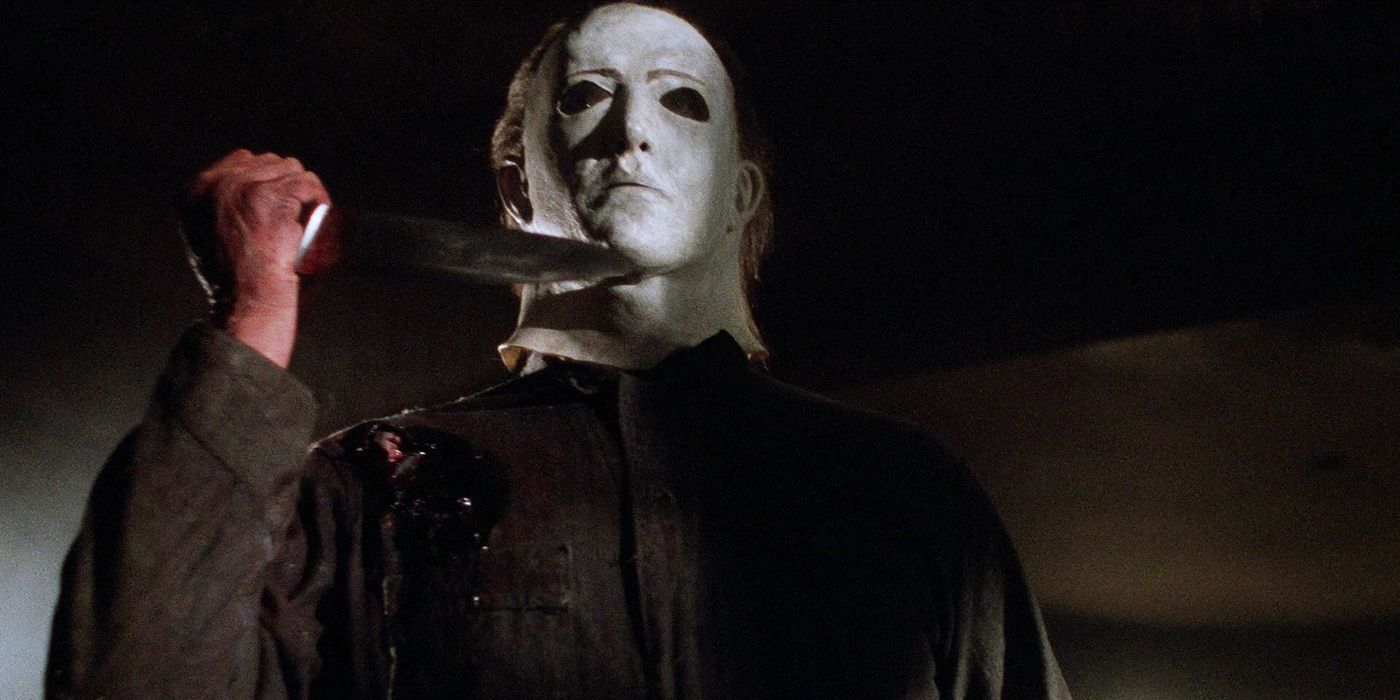
Before the continuity of the Halloween movies was partially reset in 1998’s Halloween H20: Twenty Years Later, there were five movies that featured Michael Myers. Not counting the unrelated 1982 entry Halloween III: Season of the Witch, the Michael Myers movies got progressively more unrealistic as they went along. However, while the original 1978 Halloween was the most realistic of them all, it still featured slightly unbelievable moments like Michael’s ability to pin a body to a wall with a single carving knife.
As the movies went along, they began to embrace less realistic kills and storylines. This included revealing that Michael and Laurie were secretly siblings as well as in addition to the fact that Michael Myers and Dr. Loomis (Donald Pleasence) both escaped the deadly explosion at the end of Halloween II more or less unscathed. However, with the exception of Halloween III, it wasn’t until Halloween 5 that more out-and-out supernatural factors were fully introduced, including a psychic link between Michael and Laurie’s niece Jamie Lloyd (Danielle Harris).
Halloween: The Curse of Michael Myers indulged in the supernatural even further, fully exploring the Druid cult that cursed Michael with the need to kill off his bloodline. As the final outing in the original Halloween timeline, Halloween 6 had the most room to push its kills over the top past the realm of believability. While this may not be a justification for the medical inaccuracies of John Strode’s death, it at least puts it in a broader context of how far the franchise was already willing to push its own realism.
